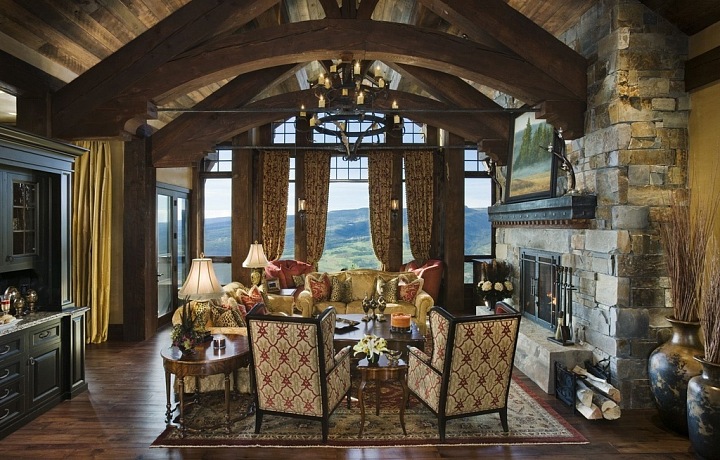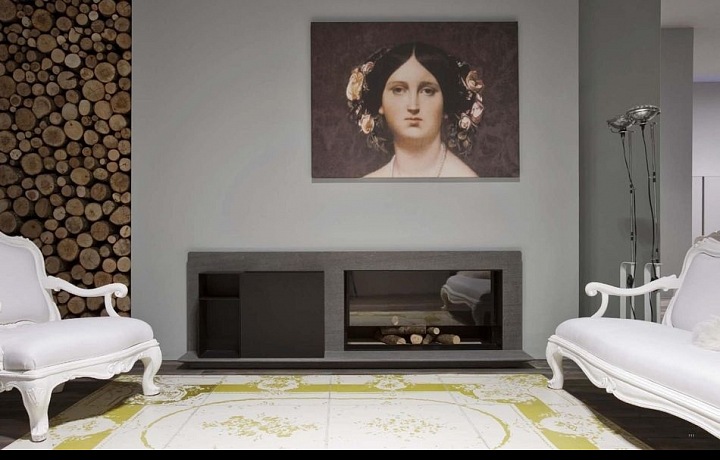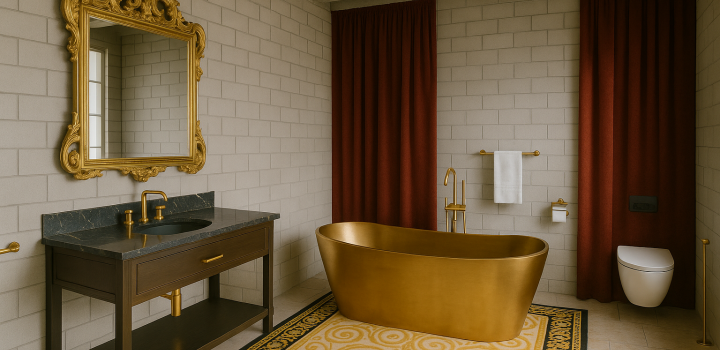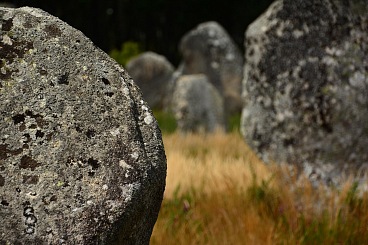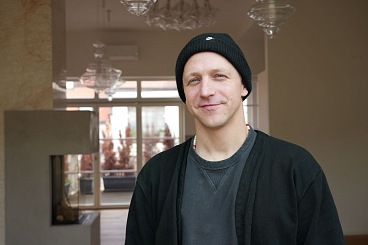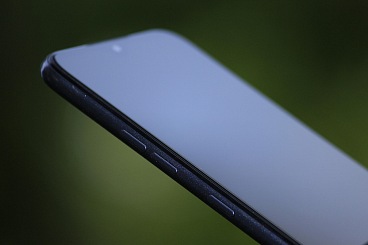The Warmth of a Fireplace
Glimpses of history
There are no exact records of the first use of fireplaces. Fireplace structures dating back to the 9th century have been discovered in Italy and Switzerland. At that time, the hearth was adjoined to a chimney. During the 19th century, wooden matches started to be manufactured in Great Britain and the U.S. and fireplaces were becoming increasingly popular. One hundred years ago there was only a single type of fireplace – the open one. Open fireplaces as we know them today are used not only for heating but also for their luxurious atmosphere. But today we have useful tools such as electric lighters – all you need to do is set the time the fireplace should be lit, and leave the rest to technology.
Variety
Other types of fireplaces include accumulation, hot-air, hot-water and outside open fireplaces. In terms of utilization of the flame warmth, there are open fireplaces without a fireplace insert and walled fireplaces with an insert. The current trend of modern luxurious homes dictates the use of environmentally-friendly electrical fireplace and bio-ethanol fireplaces.
Let your fantasy fly
Current trends of interior design put emphasis on visually “light” space. In certain fireplace types, the flue gas pipes into the chimney are hidden in an underground channel, while others can be rotated by 360° as needed. Bio-ethanol fireplaces, so-called bio fireplaces, are characterized by a lack of an exhaust via a chimney. Bio fireplaces are basically special heaters that burn liquid fuel on the basis of ethanol. These luxurious fireplaces do not need a chimney and are operated directly in living rooms as a heater with open flames. Unlike electrical fireplaces, bio fireplaces emit real heat and warmth. Each bio fireplace is made of high-quality and safe materials, such as ceramics or metal.
Nothing compares to the luxurious feeling of sitting by a fireplace with a glass of wine when it snows outside…


